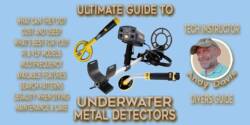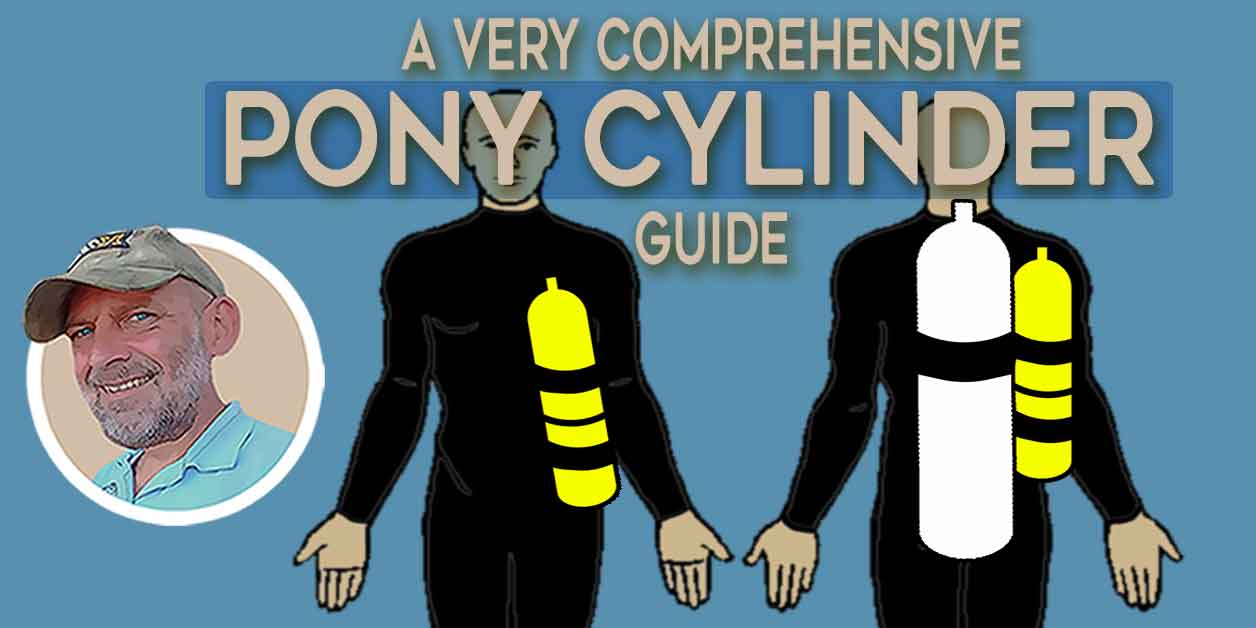Scuba Q&A: Changing to an AIR-2 Octopus
Are you a scuba diver considering switching to an AIR-2 regulator inflator? While this equipment may simplify your gear setup, it also adds complexity to your diving procedures.
In this article, I will explore the potential drawbacks of using an AIR-2 and what you need to consider before making the switch. From learning a new air-sharing protocol to practicing new diving skills, you will find essential information to help you make an informed decision about your scuba diving equipment.
So, let’s dive in and explore the world of AIR-2 regulator inflators!
What are the pros and cons to changing to an AIR2 type octopus?
AIR-2 systems, also known as regulator inflators, combine the function of your alternate air source (AAS) and low pressure inflator (LPI) into a single unit. They are popular because they simplify scuba diving equipment configuration, but many divers don’t consider the potential drawbacks.
- AIR-2 systems combine AAS and LPI functions into a single unit, simplifying scuba diving equipment configuration.
- Many divers overlook the potential drawbacks of using AIR-2 systems.
- Switching to AIR-2 means learning and practicing a different air-sharing protocol, which involves primary donation to the buddy out of your own mouth and switching to the AIR-2.
If you’re going to change your AAS system to something different; DO remember that you’ll need to learn and practice an entirely different air-sharing protocol. In the case of AIR-2, that’ll mean primary donation to the buddy (out of your own mouth) and YOU switch to the AIR-2.

An AIR-2 adds skill and protocol complications
That’s more complicated, so you’ll need to rehearse it quite a few times to make the skill reliable. You’ll also need to brief, and ideally rehearse, the procedure with your buddy as part of the pre-dive ritual.
You need to practice diving skills with new equipment
As you’ll be ascending with the AIR-2 in your mouth, you’ll ALSO have to practice controlling your buoyancy (adding and dumping gas from the BCD) in that scenario. Also remember you’ll have one hand engaged holding on to your buddy (gas donation recipient).
Again, far more complexity is added – so don’t be complacent about doing it.
An AIR-2 simplifies your equipment, but complicates your diving
AIR-2 may simplify your kit, but it complicates your procedures. When considered this option, don’t forget to calculate the negatives, and not just fixate on the positives.
Lastly, as you’ll be donating your primary second stage ‘from the mouth’ – do consider that the hose may need to be a little longer than what’s originally fitted. Primary hoses tend to be shorter than octopus/AAS hoses.
Consider adding a pony system
Whilst an inflator regulator simplifies your scuba configuration, it does create impediments to effective air sharing.
If you’re planning deep recreational dives, then it may be prudent to equip yourself with a redundant gas pony system.
AIR-2 considerations summary
- AIR-2 systems combine AAS and LPI functions
- They simplify scuba diving equipment configuration, but can have potential drawbacks
- Using one adds skill and protocol complications, so it requires practice and briefing with your buddy
- As you’ll be ascending with the AIR-2 in your mouth, you’ll need to practice controlling your buoyancy in that scenario
- It simplifies your equipment, but complicates your diving procedures, so consider the negatives as well as the positives
- If you use an AIR-2, the hose may need to be longer than the original one
- Consider adding a redundant gas pony system for effective air sharing on deep recreational dives.
In conclusion, when considering switching to an AIR-2 regulator inflator system for scuba diving, it’s important to weigh the pros and cons.
While it can simplify your equipment configuration, it adds complexity to your diving procedures and requires additional skills and practice. Don’t forget to factor in the potential drawbacks and consider adding a redundant gas pony system if planning deep recreational dives.
Ultimately, the decision to switch to an AIR-2 system should be made with careful consideration and adequate training. Happy diving!
The top-selling AIR-2 Systems
About The Author

Andy Davis is a RAID, PADI TecRec, ANDI, BSAC, and SSI-qualified independent technical diving instructor who specializes in teaching sidemount, trimix, and advanced wreck diving courses.
Currently residing in Subic Bay, Philippines; he has amassed more than 10,000 open-circuit and CCR dives over three decades of challenging diving across the globe.
Andy has published numerous diving magazine articles and designed advanced certification courses for several dive training agencies, He regularly tests and reviews new dive gear for scuba equipment manufacturers. Andy is currently writing a series of advanced diving books and creating a range of tech diving clothing and accessories.
Prior to becoming a professional technical diving educator in 2006, Andy was a commissioned officer in the Royal Air Force and has served in Iraq, Afghanistan, Belize, and Cyprus.
In 2023, Andy was named in the “Who’s Who of Sidemount” list by GUE InDepth Magazine.
Purchase my exclusive diving ebooks!
Originally posted 2020-11-26 21:28:24.















